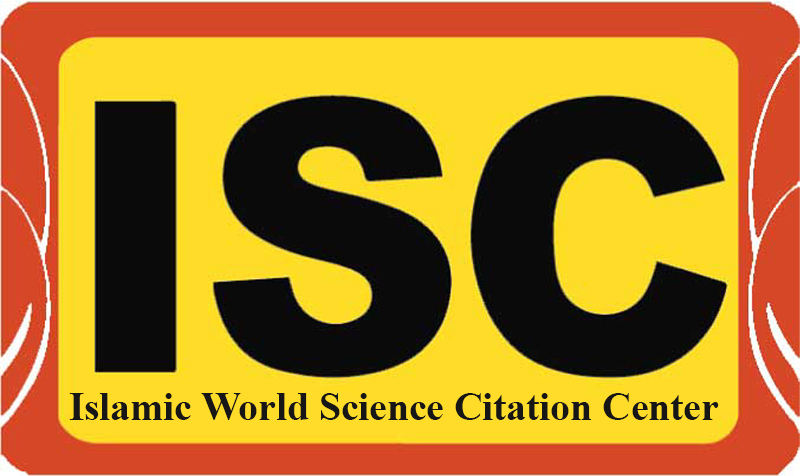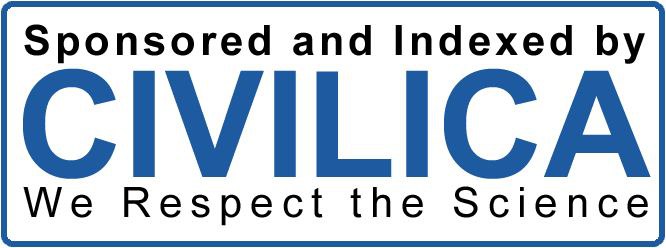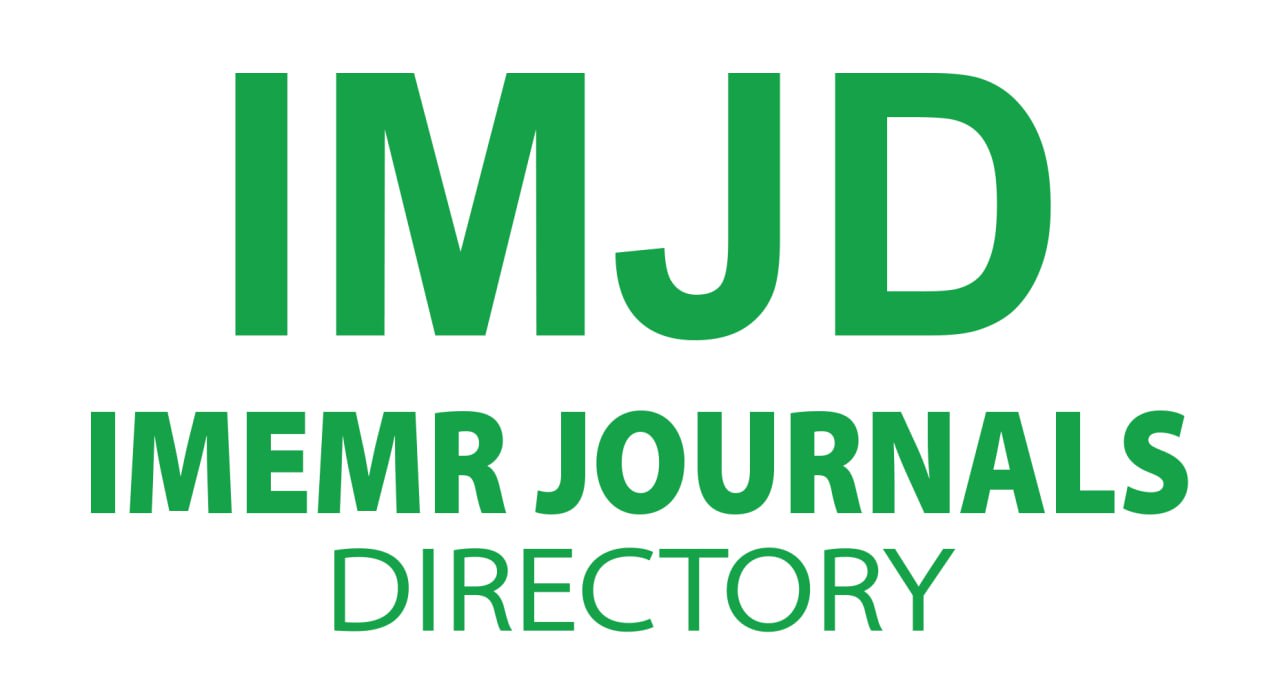Radiopharmaceuticals; Production, Physics and Clinical Applications in Nuclear Medicine. A Review
DOI:
https://doi.org/10.62134/ajbms/v2.i2.khatamuni.6Keywords:
Radiopharmaceuticals, Nuclear Medicine, neutron activation, Particle acceleratorsAbstract
Introduction Utilization of radioactive atoms is increasing in medicine; both for diagnosis and therapy. Methods in which radioactive atoms are entered (IV, orally or inhale) into the patient body, so radiation emits (not transmit) from body called Nuclear Medicine. Some artificial short-living radioisotopes labeled with special pharmaceuticals can be used in Nuclear Medicine, called radiopharmaceutical or Radio-tracer. Today around 1800 radioisotopes exist, but only about 200 radioisotopes are capable to be used on general applications, and most of these radioisotopes are artificially produced. There are four different methods to generate radioisotopes: reactor-producing, neutron activation, charged acceleration and radioisotope generators, but neutron activation has the prominent role (80%) of radioisotope production. Cyclotron as particle accelerator, produces many other radioisotopes for medical application. Physical and biomedical characteristics are two important consideration of radiopharmaceuticals for clinical usage. Physical aspects include type and energy of radiation, mother and daughter radioactive elements, purity, and half-life of radioactive. Biomedical consideration for selection radioactive contain easily adhesion to biomolecules, dynamic time course in the body, toxicity and high tissue targeting. Radiopharmaceuticals used in diagnosis are different from those are used in therapy. For Positron Emission Tomography (PET), radioisotopes are positron emitter. Gamma emitting radioisotope labeled radiopharmaceuticals are suitable for single photon emission computed tomography (SPECT) imaging. For therapeutic utilization, radiotracers must deliver high dose radiation to disease sites; i.e. targeted therapy and targeted drug delivery. Radioisotopes emitting Beta minus are the most common isotopes in therapeutic radiopharmaceuticals. Today, more than 90% of radiopharmaceutical are used for diagnostic purposes.
Downloads
Published
How to Cite
Issue
Section
Categories
License
Copyright (c) 2024 Afghanistan Journal of Basic Medical Science

This work is licensed under a Creative Commons Attribution 4.0 International License.









